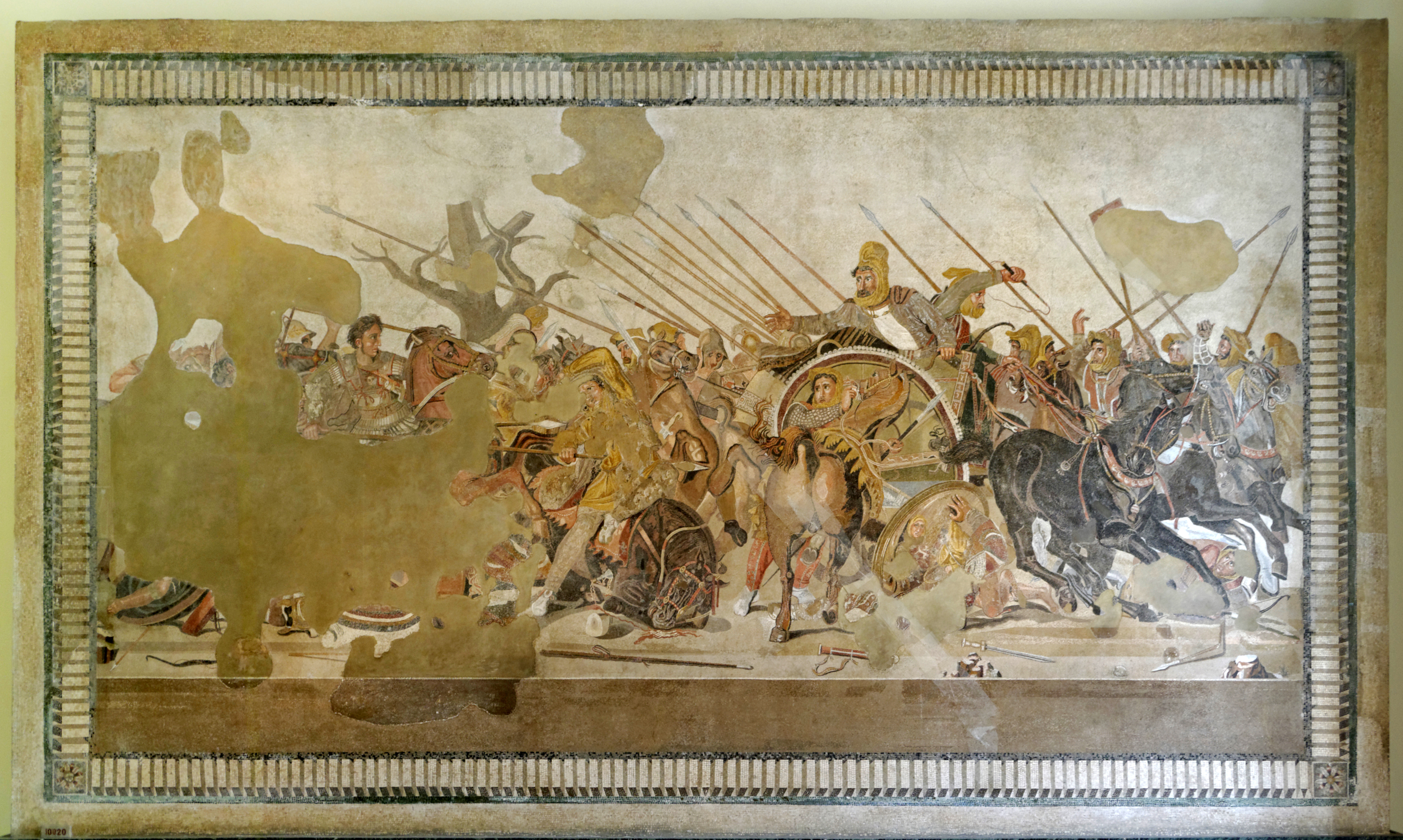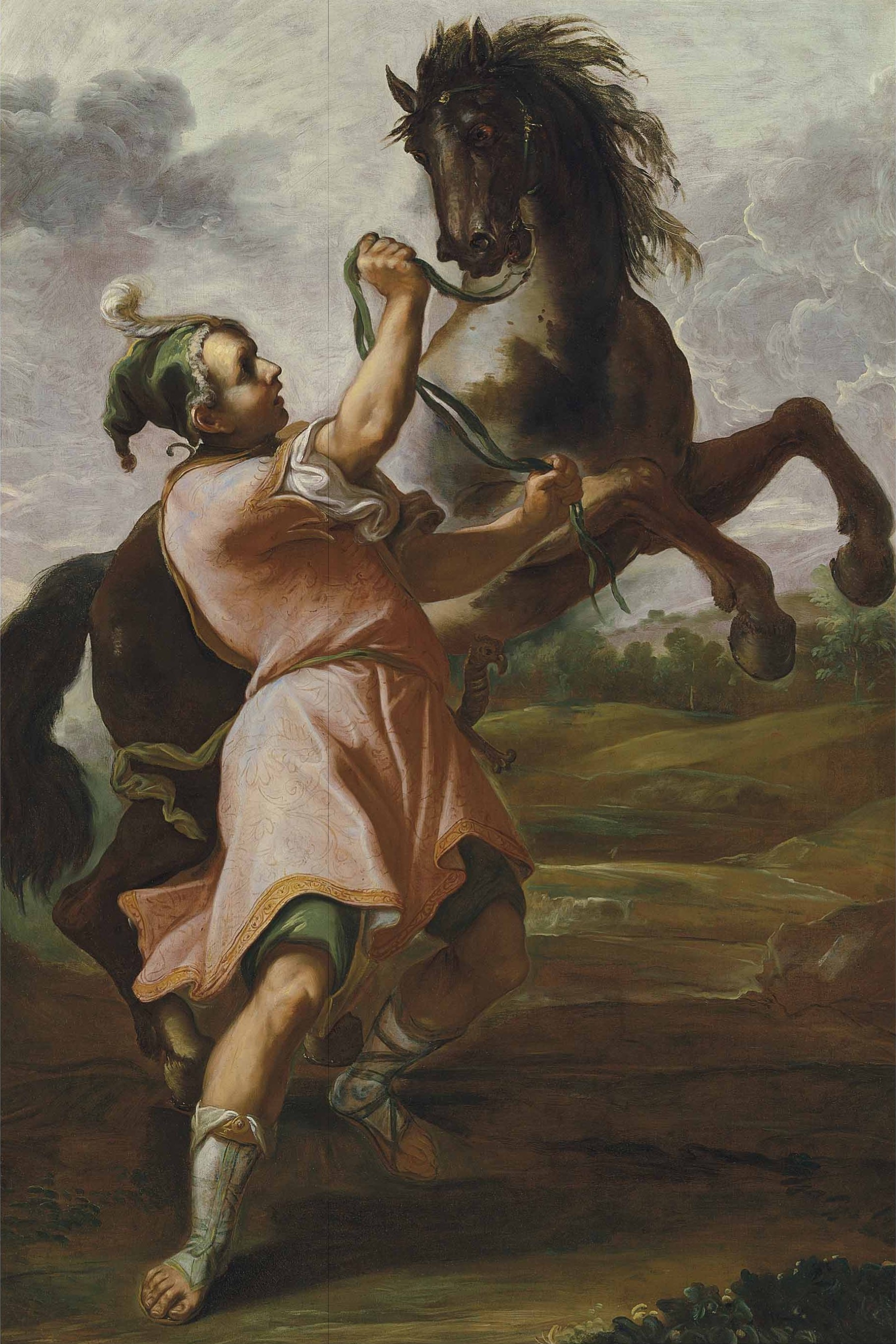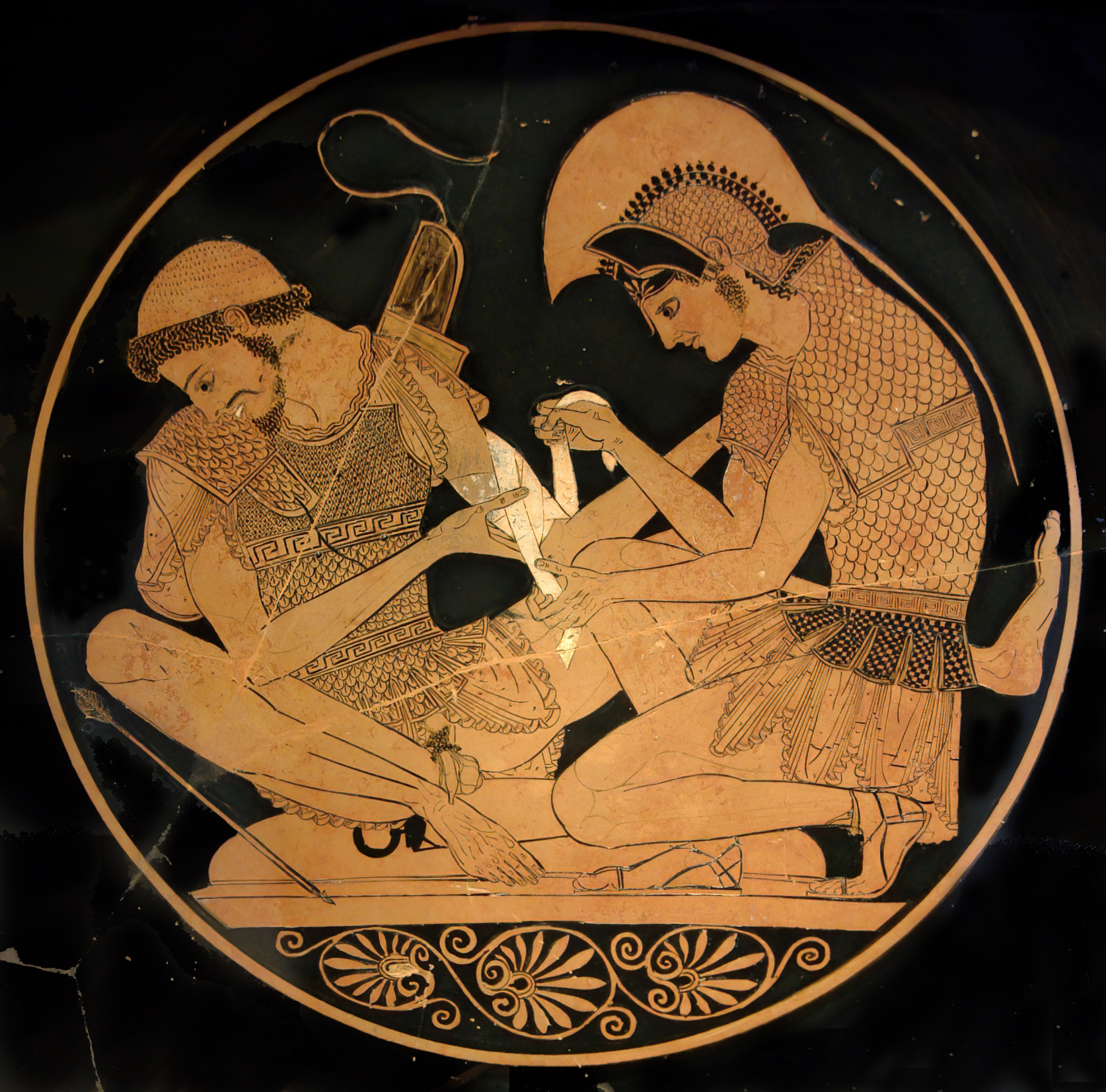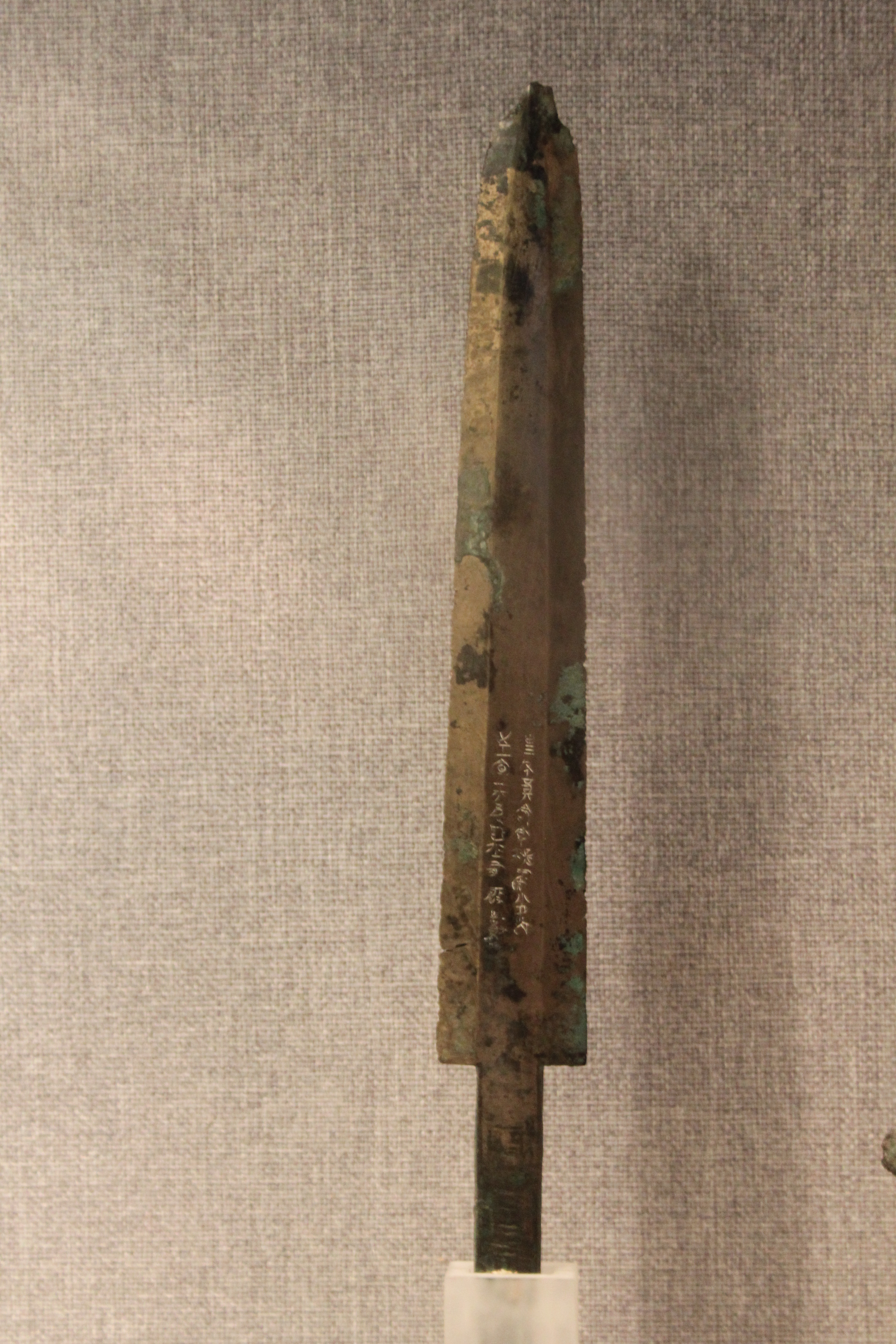|
Alexander Mosaic
The ''Alexander Mosaic,'' also known as the ''Battle of Issus Mosaic'', is a Roman mosaic, Roman floor mosaic originally from the House of the Faun in Pompeii, Italy. It is typically dated between and Anno Domini, BC 100 and depicts a battle between the armies of Alexander the Great and Darius III of Persia.Hugh Honour, Honour, H. and J. Fleming, (2009) ''A World History of Art''. 7th edn. London: Laurence King Publishing, p. 178. This work of art is a combination of different artistic traditions such as Italic, Hellenistic art, Hellenistic, and Roman art, Roman. The mosaic is considered Roman based on the broader context of its time and location in relation to the later Roman Republic. The original is preserved in the National Archaeological Museum, Naples. The mosaic is believed to be a copy of a late 4th or early 3rd-century BC Hellenistic painting, perhaps by Philoxenus of Eretria or Apelles.Woodford, Susan. (1982) ''The Art of Greece and Rome''. Cambridge: Cambridge Univers ... [...More Info...] [...Related Items...] OR: [Wikipedia] [Google] [Baidu] |
Philoxenus Of Eretria
Philoxenus of Eretria () was a painter from Eretria. He was a disciple of Nicomachus of Thebes, whose speed in painting he imitated and even surpassed, having discovered new and rapid methods of coloring. According to Pliny the Elder, Pliny, a picture of his was inferior to none, in particular his depiction of a battle between Alexander the Great and Darius III, which he painted for King Cassander. A similar subject is represented in the celebrated Alexander Mosaic found in the House of the Faun in Pompeii. As a disciple of Nicomachus, who flourished about 360 BC, and as the painter of the battle of Issus (333 BC) (or possibly the battle of Gaugamela in 331 BC; Pliny simply states that it was "a picture representing one of the battles between Alexander and Darius"), Philoxenus must have flourished in the age of Alexander, from about 330 BC and onwards. The words of Pliny, "''Cassandro regi''", "Cassander being king", if taken literally, would mean that the creation of the origina ... [...More Info...] [...Related Items...] OR: [Wikipedia] [Google] [Baidu] |
Roman Republic
The Roman Republic ( ) was the era of Ancient Rome, classical Roman civilisation beginning with Overthrow of the Roman monarchy, the overthrow of the Roman Kingdom (traditionally dated to 509 BC) and ending in 27 BC with the establishment of the Roman Empire following the War of Actium. During this period, Rome's control expanded from the city's immediate surroundings to hegemony over the entire Mediterranean Sea, Mediterranean world. Roman society at the time was primarily a cultural mix of Latins (Italic tribe), Latin and Etruscan civilization, Etruscan societies, as well as of Sabine, Oscan, and Greek cultural elements, which is especially visible in the Ancient Roman religion and List of Roman deities, its pantheon. Its political organisation developed at around the same time as direct democracy in Ancient Greece, with collective and annual magistracies, overseen by Roman Senate, a senate. There were annual elections, but the republican system was an elective olig ... [...More Info...] [...Related Items...] OR: [Wikipedia] [Google] [Baidu] |
Foreshortening
Linear or point-projection perspective () is one of two types of 3D projection, graphical projection perspective in the graphic arts; the other is parallel projection. Linear perspective is an approximate representation, generally on a flat surface, of an image as it is seen by station point, the eye. Perspective drawing is useful for representing a three-dimensional space, three-dimensional scene in a plane (mathematics), two-dimensional medium, like paper. It is based on the Magnification#Single lens, optical fact that for a person an object looks N times (linearly) smaller if it has been moved N times further from the eye than the original distance was. The most characteristic features of linear perspective are that objects appear smaller as their distance from the observer increases, and that they are subject to , meaning that an object's dimensions Parallel (geometry), parallel to the line of sight appear shorter than its dimensions perpendicular to the line of sight. ... [...More Info...] [...Related Items...] OR: [Wikipedia] [Google] [Baidu] |
Reconstruction Of The Mosaic Depiction Of The Battle Of Issus After A Painting By Apelles Found In The House Of The Faun At Pompeii (published 1893)
Reconstruction may refer to: Politics, history, and sociology *Reconstruction (law), the transfer of a company's (or several companies') business to a new company *''Perestroika'' (Russian for "reconstruction"), a late 20th century Soviet Union political movement * Critical reconstruction, an architectural theory related to the reconstruction of Berlin after the end of the Berlin Wall *Economic reconstruction *Ministry of Reconstruction, a UK government department * *The Reconstruction era of the United States, the period after the American Civil War, 1865–1877 ** The Reconstruction Acts, or Military Reconstruction Acts, addressing requirements for Southern States to be readmitted to the Union *Reconstruction Finance Corporation, a United States government agency from 1932 to 1957 Arts, entertainment, and media Films * ''Reconstruction'' (1968 film), a Romanian tragicomedy * ''Reconstruction'' (2001 film), about the 1959 Ioanid Gang bank heist in Romania * ''Reconstruction'' ( ... [...More Info...] [...Related Items...] OR: [Wikipedia] [Google] [Baidu] |
Oxyathres Of Persia
Oxyathres (; in Old Persian ''Vaxšuvarda''; lived 4th century BC) was a brother of the Persian king Darius III Codomannus. He was the son of a certain Arsames, and grandson of Ostanes. He was distinguished for his bravery and talent, in Iranica and in the , 333 BC, took a prominent part in the combat in defence of the king, when attacked by the ian cavalry under |
Bucephalus
Bucephalus (; ; – June 326 BC) or Bucephalas, was the horse of Alexander the Great, and one of the most famous horses of classical antiquity. According to the '' Alexander Romance'' (1.15), the name "Bucephalus" literally means "ox-headed" (from and ), and supposedly comes from a brand (or scar) on the thigh of the horse that looked like an ox's head. Ancient historical accounts state that Bucephalus's breed was that of the "best Thessalian strain", and that he died in what is now Punjab, Pakistan, after the Battle of the Hydaspes in 326 BC. Alexander was so grieved at the loss of his horse that he named one of the many cities he founded after him, as Alexandria Bucephalus. Taming of Bucephalus A massive creature with a massive head, Bucephalus is described as having a black coat with a large white star on his brow. He is also supposed to have had a " wall eye" (blue eye), and his breeding was that of the "best Thessalian strain". Plutarch says that in 344 BC ... [...More Info...] [...Related Items...] OR: [Wikipedia] [Google] [Baidu] |
Athena
Athena or Athene, often given the epithet Pallas, is an ancient Greek religion, ancient Greek goddess associated with wisdom, warfare, and handicraft who was later syncretism, syncretized with the Roman goddess Minerva. Athena was regarded as the patron and protectress of various cities across Greece, particularly the city of Athens, from which she most likely received her name. The Parthenon on the Acropolis of Athens is dedicated to her. Her major symbols include Owl of Athena, owls, olive trees, snakes, and the Gorgoneion. In art, she is generally depicted wearing a helmet and holding a spear. From her origin as an Aegean tutelary deity, palace goddess, Athena was closely associated with the city. She was known as ''Polias'' and ''Poliouchos'' (both derived from ''polis'', meaning "city-state"), and her temples were usually located atop the fortified acropolis in the central part of the city. The Parthenon on the Athenian Acropolis is dedicated to her, along with numero ... [...More Info...] [...Related Items...] OR: [Wikipedia] [Google] [Baidu] |
Medusa
In Greek mythology, Medusa (; ), also called Gorgo () or the Gorgon, was one of the three Gorgons. Medusa is generally described as a woman with living snakes in place of hair; her appearance was so hideous that anyone who looked upon her was Petrifaction in mythology and fiction, turned to stone. Medusa and her Gorgon sisters Euryale and Stheno were usually described as daughters of Phorcys and Ceto; of the three, only Medusa was mortal. Medusa was beheaded by the Greek hero Perseus, who then used her head, which retained its ability to turn onlookers to stone, as a weapon until he gave it to the goddess Athena to place on her Aegis, shield. In classical antiquity, the image of the head of Medusa appeared in the apotropaic magic, evil-averting device known as the ''Gorgoneion''. According to Hesiod and Aeschylus, she lived and died on Sarpedon, somewhere near Cisthene (Mysia), Cisthene. The 2nd-century BC novelist Dionysios Skytobrachion puts her somewhere in Ancient Libya, ... [...More Info...] [...Related Items...] OR: [Wikipedia] [Google] [Baidu] |
Linothorax
The ''linothorax'' (, from the , ) is a type of upper body armor that was used throughout the ancient Mediterranean world. The term ''linothorax'' is a modern term based on the Greek , which means "wearing a breastplate of linen"; a number of ancient Greek and Latin texts from the 6th century BC to the third century AD mention () (Greek) or (Latin) which means 'linen body armour'. These are usually equated with some of the armour shown in sculptures and paintings from Italy and Greece from 575 BC onwards. Very little is known about how ancient linen armour was made. Linen armour in other cultures was usually quilted and stuffed with loose fibre or stitched together many layers thick, but it could also have been made with a special weave called twining which creates a thick, tough fabric. The theory that it was made of layers of linen glued together comes from a mistranslation of a summary of a description of medieval armour in 1869. By the late 6th century BC, many paintings and ... [...More Info...] [...Related Items...] OR: [Wikipedia] [Google] [Baidu] |
Lance
The English term lance is derived, via Middle English '' launce'' and Old French '' lance'', from the Latin '' lancea'', a generic term meaning a wikt:lancea#Noun">lancea'', a generic term meaning a spear">wikt:lancea#Noun">lancea'', a generic term meaning a spear or javelin employed by both infantry">spear or javelin">spear">wikt:lancea#Noun">lancea'', a generic term meaning a spear or javelin employed by both infantry and cavalry, with English initially keeping these generic meanings. It developed later into a term for spear-like weapons specially designed and modified to be part of a "weapon system" for use couched under the arm during a charge, being equipped with special features such as grappers to engage with lance rests attached to breastplates, and vamplates, small circular plates designed to prevent the hand sliding up the shaft upon impact. These specific features were in use by the beginning of the late 14th century. Though best known as a military and sporting ... [...More Info...] [...Related Items...] OR: [Wikipedia] [Google] [Baidu] |
Alexander The Great Mosaic
Alexander () is a male name of Greek origin. The most prominent bearer of the name is Alexander the Great, the king of the Ancient Greek kingdom of Macedonia who created one of the largest empires in ancient history. Variants listed here are Aleksandar, Aleksander, Oleksandr, Oleksander, Aleksandr, and Alekzandr. Related names and diminutives include Iskandar, Alec, Alek, Alex, Alexsander, Alexandre, Aleks, Aleksa, Aleksandre, Alejandro, Alessandro, Alasdair, Sasha, Sandy, Sandro, Sikandar, Skander, Sander and Xander; feminine forms include Alexandra, Alexandria, and Sasha. Etymology The name ''Alexander'' originates from the (; 'defending men' or 'protector of men'). It is a compound of the verb (; 'to ward off, avert, defend') and the noun (, genitive: , ; meaning 'man'). The earliest attested form of the name, is the Mycenaean Greek feminine anthroponym , , (/Alexandra/), written in the Linear B syllabic script. Alaksandu, alternatively called ''Alakasandu' ... [...More Info...] [...Related Items...] OR: [Wikipedia] [Google] [Baidu] |
History
History is the systematic study of the past, focusing primarily on the Human history, human past. As an academic discipline, it analyses and interprets evidence to construct narratives about what happened and explain why it happened. Some theorists categorize history as a social science, while others see it as part of the humanities or consider it a hybrid discipline. Similar debates surround the purpose of history—for example, whether its main aim is theoretical, to uncover the truth, or practical, to learn lessons from the past. In a more general sense, the term ''history'' refers not to an academic field but to the past itself, times in the past, or to individual texts about the past. Historical research relies on Primary source, primary and secondary sources to reconstruct past events and validate interpretations. Source criticism is used to evaluate these sources, assessing their authenticity, content, and reliability. Historians strive to integrate the perspectives o ... [...More Info...] [...Related Items...] OR: [Wikipedia] [Google] [Baidu] |








